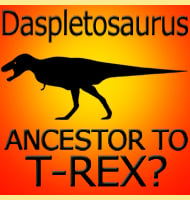Jeholopterus
In Depth With the skull being wider than it is long, Jeholpterus has the same basic skull morphology consistent with all anurognathid pterosaurs. Most of the teeth are small but some are longer and recurved (backwards towards the mouth). The claws of the hands and feet are long and curved, longer on the hands, meaning … Read more

